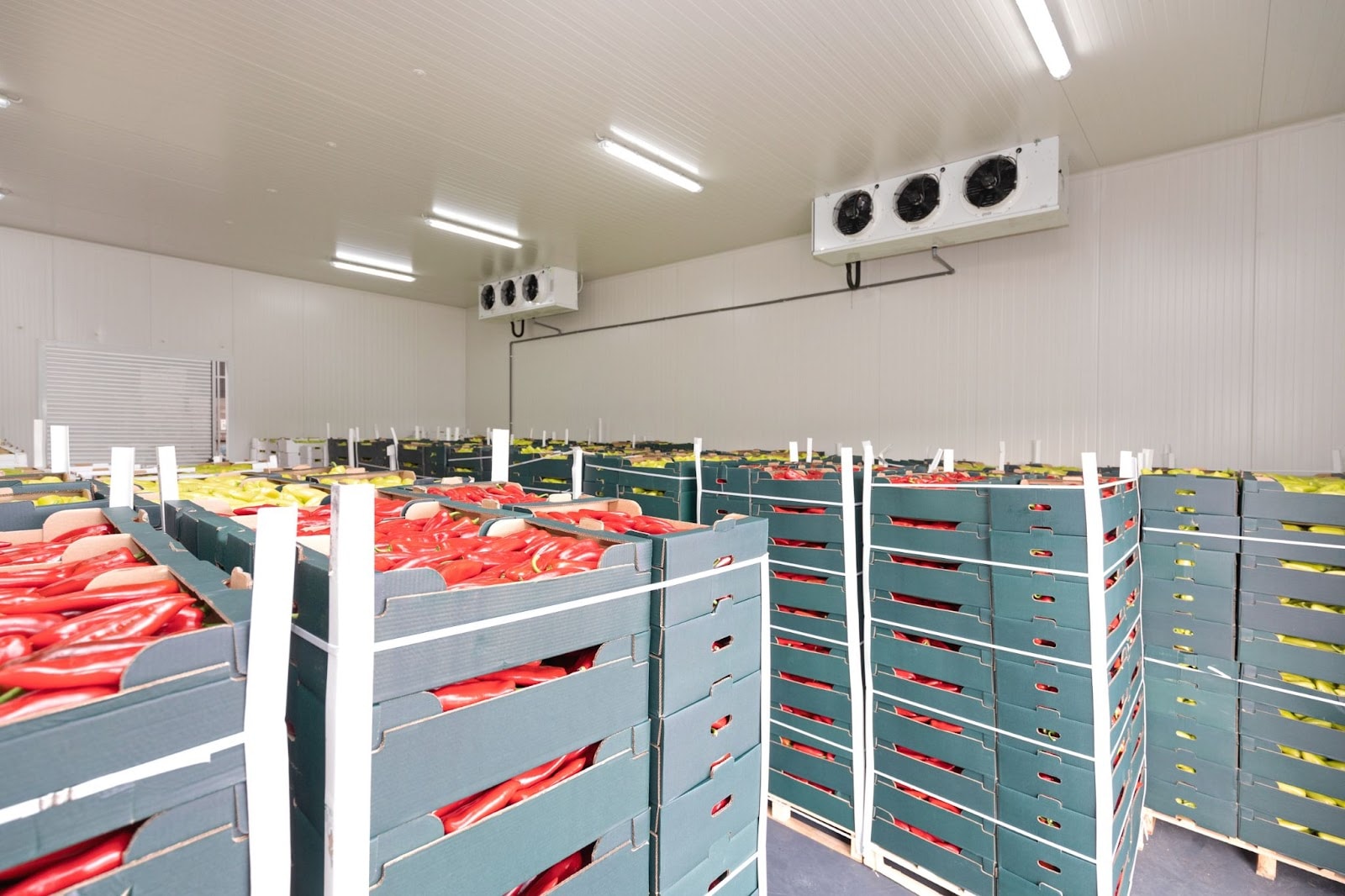Welcome to our blog on temperature controlled warehousing in Illinois! In this comprehensive guide, we will explore the importance of temperature control in warehouse management, provide insightful statistics, offer educational information, and discuss key aspects that will help enhance your understanding of this crucial aspect of the supply chain. So, let’s dive in!
The Significance of Temperature Control in Warehousing
Temperature control is essential for industries such as pharmaceuticals, food and beverage, chemicals, and agriculture. Maintaining the right temperature and humidity levels ensures product quality, prevents spoilage, and extends shelf life. Proper temperature control is vital for compliance with industry regulations and customer expectations.
Statistics on Temperature Controlled Warehousing
Here are some key statistics that emphasize the importance and growth of temperature controlled warehousing:
- According to a report by Grand View Research, the global temperature controlled warehousing market size is expected to reach USD 52.8 billion by 2027, growing at a CAGR of 13.9%.
- The pharmaceutical industry is one of the major segments driving the demand for temperature controlled warehousing, with a compound annual growth rate (CAGR) of 3.8% from 2020 to 2027.
- The food and beverage industry is another prominent sector utilizing temperature controlled warehousing to ensure product quality and safety.
Understanding Temperature Control Technologies
To effectively manage temperature-controlled warehouses, it’s crucial to be familiar with the available technologies. Some common ones include:
- Refrigeration systems: These systems use various methods such as compression, absorption, or cryogenic technologies to provide temperature control within desired ranges.
- Monitoring systems: Advanced temperature monitoring technologies like IoT sensors enable real-time tracking of temperature, humidity, and other environmental factors.
- Warehouse automation: Implementing automated systems for inventory management, order picking, and storage can enhance efficiency and maintain temperature integrity.
Best Practices for Temperature Controlled Warehousing:
To ensure optimal temperature control, consider implementing the following best practices:
- Segregation: Properly segregate products based on temperature requirements to prevent cross-contamination or exposure to improper conditions.
- Training and SOPs: Regularly train warehouse staff on temperature control protocols and establish standard operating procedures (SOPs) to maintain consistency.
- Backup Systems: Have backup power generators or redundant refrigeration systems to handle emergencies and prevent temperature deviations.
Compliance and Industry Regulations
Temperature controlled warehousing must adhere to industry regulations, including guidelines from organizations like the Food and Drug Administration (FDA) and the United States Pharmacopeia (USP) for pharmaceutical storage. Make sure to stay updated with the latest requirements to avoid compliance issues.
Conclusion
Temperature controlled warehousing plays a vital role in maintaining the quality and safety of temperature-sensitive products. By implementing the right technologies, adhering to best practices, and staying compliant with industry regulations, businesses can ensure optimal temperature control in their warehouses. We hope this comprehensive guide has provided you with valuable insights and knowledge about temperature controlled warehousing in Illinois.


 Dave McGowan has been a member of the WEL Family since May 1989. He is a husband and father of two children. Dave is also a U.S. Army veteran and served in Vietnam in 1971-1972, and he attended driving school soon after he was released from the military in 1974.
Dave McGowan has been a member of the WEL Family since May 1989. He is a husband and father of two children. Dave is also a U.S. Army veteran and served in Vietnam in 1971-1972, and he attended driving school soon after he was released from the military in 1974. During his career with WEL, Phil has worked as a driver, dispatcher, terminal manager and customer service manager. He says he always was a driver first, though non-driving jobs taught him financial management that helps him as an owner-operator.
During his career with WEL, Phil has worked as a driver, dispatcher, terminal manager and customer service manager. He says he always was a driver first, though non-driving jobs taught him financial management that helps him as an owner-operator.